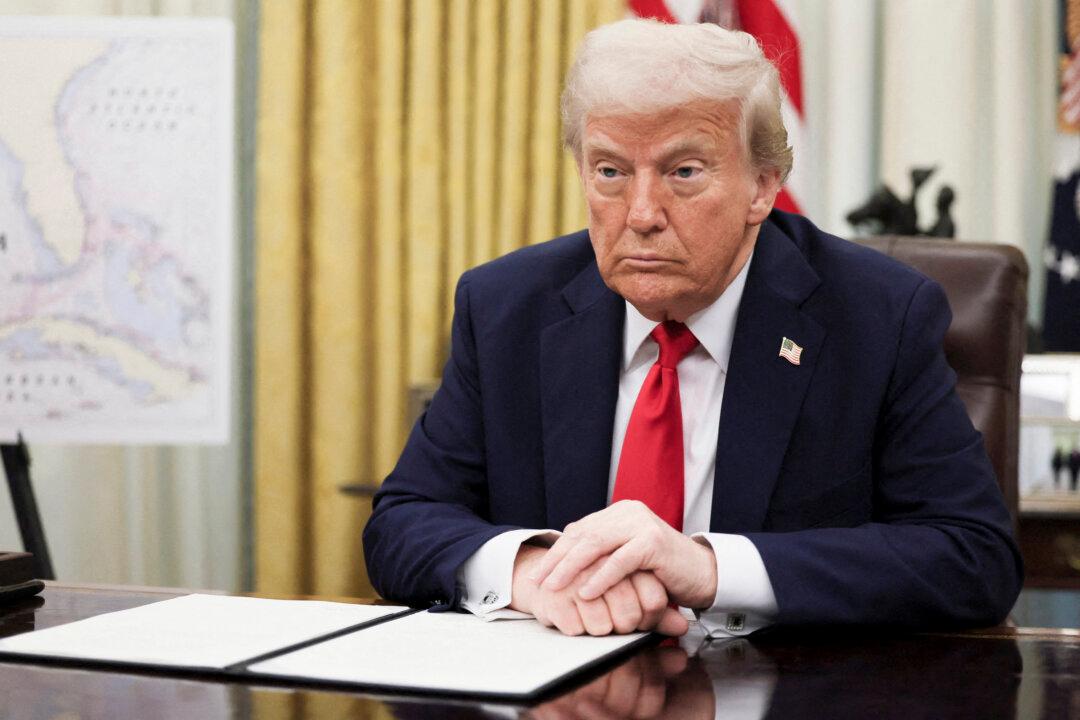Russia appears to have shifted some troops from Ukrainian areas to counter Kyiv’s offensive in the Kursk region, a top White House official said.
The troop deployment outside of Ukraine, however, “doesn’t mean that [Russian President Vladimir] Putin has given up military operations in the northeast part of Ukraine or even down towards the south, towards places like Zaporizhya,” he said.
“There’s still active fighting along that front,” Kirby said.
“After initial disarray and disorganization, Russian forces have deployed in greater force to the region, including likely from elsewhere along the contact line,” the ministry said.
Russia has also shored up its defenses in an effort to block Kyiv’s forces from moving further into Kursk, which lies along the Ukraine–Russia border. Ukrainian troops first made their incursion in the region earlier in August, apparently catching Moscow off-guard.
It wasn’t until last weekend that Ukrainian officials confirmed its forces made the counter-offensive in the region, with Ukrainian President Volodymyr Zelenskyy first indirectly confirming the move.
In an update Thursday, Zelenskyy said Ukraine has taken control of the Russian town of Sudzha, the largest to fall to Kyiv’s forces since the cross-border incursion. Sudzha, which has a population of about 5,000, is the administrative center for Kursk.
The ISW report said that Ukraine has created a military commandant’s office in Kursk Oblast “to maintain law and order and ensure the priority needs of the population.”
The think tank said that it “continues to assess that Ukrainian forces do not doctrinally control all the territory within the maximalist extent of claimed Ukrainian advances, but the creation of the commandant’s office will likely allow Ukrainian forces to coordinate military actions in the area that falls under maximal Ukrainian claims and safeguard the civilian population.”
Zelenskyy said a major reasons for the offensive was to protect neighboring Ukrainian areas. “The more Russian military presence is destroyed in the border regions, the closer peace and real security will be for our state. The Russian state must be responsible for what it has done,” he said earlier in the week.
Russia has seen previous raids of its territory in the war, but the Kursk incursion is notable for its size, speed, the reported involvement of battle-hardened Ukrainian brigades, and the length of time they have stayed inside Russia. As many as 10,000 Ukrainian troops are involved, according to Western military analysts.
Ukraine’s chief military officer, Gen. Oleksandr Syrskyi, said earlier this week that Ukrainian forces had taken about 390 square miles of the Kursk region, though his claim couldn’t be independently verified. The contact lines in Kursk have remained fluid, allowing both sides to maneuver easily, unlike the static front line in eastern Ukraine, where it has taken Russian forces months to achieve even incremental gains.
Russian officials have pushed back on Syrskyi’s territorial claim. Speaking to reporters Wednesday at the U.N., Russia’s deputy ambassador, Dmitry Polyansky, called the incursion an “absolutely reckless and mad operation,” and said Ukraine’s aim to force Russia to move its troops from eastern Ukraine is not happening because “we have enough troops there.”
This week, in an interview with the Izvestia newspaper, Putin advisor Nikolai Patrushev dismissed assertions that the United States is not involved.
“The U.S. leadership’s claims of non-involvement in Kiev’s actions in Kursk Region do not correspond to reality ... without their participation and direct support, Kiev would not have ventured into Russian territory,” former Security Council secretary Nikolai Patrushev told the Izvestia publication.







